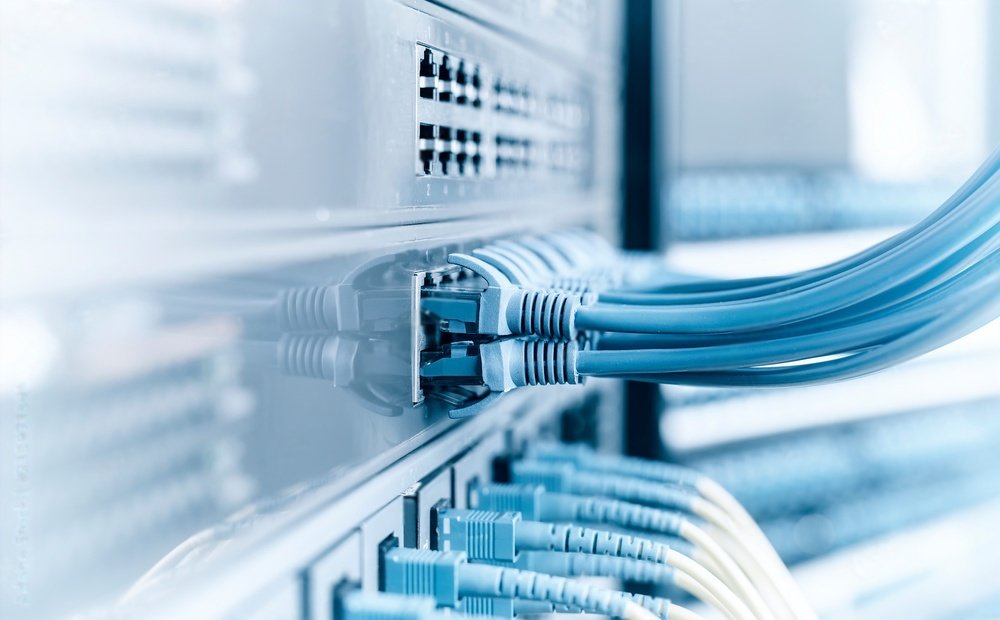The Intersection of Two Powerhouses
Polygon and Solana, two prominent players in the blockchain landscape, have captured the attention of developers and users alike due to their unique strengths. Polygon, known for its scalability and compatibility with Ethereum, offers a robust platform for building decentralized applications. Solana, on the other hand, boasts impressive speed and low transaction fees, making it an attractive choice for high-performance applications.
However, the potential of these two blockchains can be fully realized when they work together. A Polygon to Solana bridge serves as a vital link, enabling seamless transfer of assets and data between these two networks.
The Importance of a Polygon to Solana Bridge
A Polygon to Solana bridge is essential for several reasons. First and foremost, it enhances liquidity by creating a larger pool of assets available for trading. This increased liquidity can lead to more efficient price discovery, reduced slippage, and greater opportunities for traders and investors.
Secondly, a bridge fosters innovation by enabling developers to build cross-chain applications. By connecting Polygon and Solana, developers can leverage the strengths of both platforms to create new and exciting projects. This can range from DeFi protocols that offer a wider range of assets to NFT marketplaces that cater to a broader audience.
For end-users, a Polygon to Solana bridge simplifies the management of their crypto portfolios. Instead of juggling multiple wallets across different blockchains, users can consolidate their assets on a single platform and easily transfer them as needed. This streamlined experience enhances accessibility and user satisfaction.
DefiWay: Bridging the Gap
DefiWay, a leading player in the DeFi space, recognizes the importance of interoperability and has developed a robust Polygon to Solana bridge. This bridge is designed to be secure, efficient, and user-friendly, providing a seamless experience for transferring assets between the two networks.
How the Bridge Works
A Polygon to Solana bridge typically involves a combination of smart contracts and cryptographic techniques. When a user wants to transfer assets from Polygon to Solana, they initiate a transaction on the Polygon network. This transaction is locked in a smart contract, creating a corresponding representation of the assets on the Solana side. Once the transfer is verified, the locked assets on Polygon are released, and the equivalent assets are minted on Solana.
The reverse process occurs when transferring assets from Solana to Polygon. This mechanism ensures the integrity of the underlying assets and maintains a consistent supply across both chains.
Challenges and Considerations
Building and operating a Polygon to Solana bridge is not without its challenges. Security is paramount, as any vulnerabilities in the bridge can lead to significant financial losses. Robust security measures, including regular audits and rigorous testing, are essential to protect user funds.
Scalability is another critical factor. As the volume of transactions increases, the bridge must be able to handle the increased load without compromising speed or efficiency. Efficiently managing gas fees on both chains is also crucial for providing a cost-effective user experience.
The Future of Polygon to Solana Bridges
The Polygon to Solana bridge is a critical component of the future of finance. As the cryptocurrency ecosystem matures, interoperability will become increasingly important. Bridges like the one offered by DefiWay will play a vital role in connecting different blockchains and creating a more unified and accessible digital economy.
By providing a secure, efficient, and user-friendly Polygon to Solana bridge, DefiWay is helping to shape the future of blockchain technology. As the demand for cross-chain solutions continues to grow, platforms like DefiWay will be at the forefront of driving innovation and adoption.



